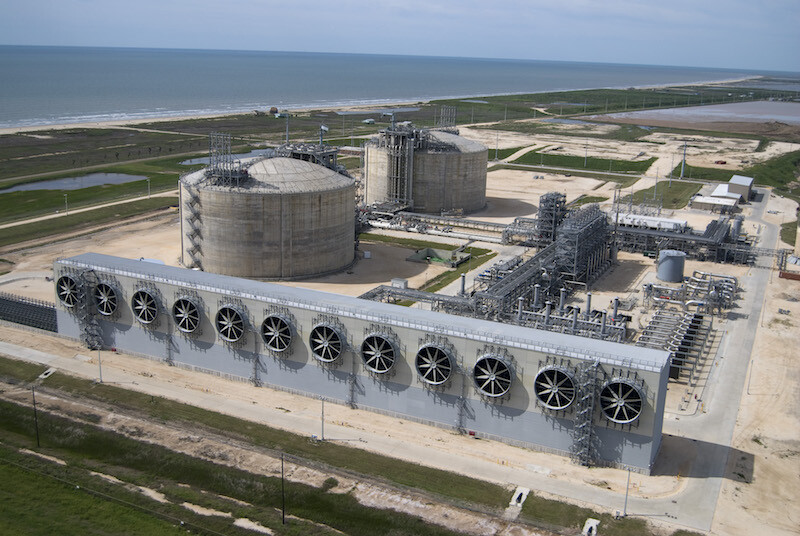In Europe, the month-ahead Title Transfer Facility (TTF) gas price opened the day at around $30 per million British thermal units (MMBtu), a 68% drop from an all-time high on Aug. 26, despite the volatility around Nov. 15 that briefly took prices to the vicinity of ~$35/Mmbtu.
Near-term bullishness was driven by the recent unplanned outage at the Asgard field that reduced Norwegian supply by 19.8 million cubic meters per day (MMcmd) through Nov. 19, with some associated risk of outage extensions that will pressure Europe’s well stocked but still vulnerable storage volumes as we approach the last few days of net injections.
Temperature forecasts, while previously pointing to a mild start to winter, have been steadily revised towards normal or below normal for the coming weeks.
The energy crisis continues to take on new forms, with Russian military strikes today targeting energy infrastructure in Ukraine including a gas facility.
Some geopolitics induced volatility may therefore return as Russia intensifies strikes that may damage critical energy infrastructure in Ukraine, jeopardizing not only Ukraine’s energy supply this winter but also the ~40 Mmcmd of Russian pipeline gas that continues to transit through Ukraine.
However, Europe has been planning for a severe winter and, with gas storage facilities now over 95% full, this should provide a cushion for unforeseen events, including if Russian pipeline gas volumes drop to zero.
The risk of disruption to Russian LNG imports , for the moment, appears largely shrugged off, but could resurface in 2023.
There may be some limited upward price momentum from the delayed restart of Freeport LNG in Texas, which we expect will get pushed to January from the previously stated mid-November timeframe.
The review of the recently submitted root cause analysis of the June 8 fire that took the 15 million tonne per annum (Mtpa) facility offline is ongoing.
There has been much speculation about the restart date, with the operator maintaining the mid-November target until recently, which means offtakers that might have been counting on a restart are likely to seek alternative volumes.
Freeport LNG makes up a very consequential 3.75% of the global market, with the extended outage across mid-November through December representing a loss of about 27 cargoes in vessel terms.
EC price cap proposal
The European Commission has unveiled a proposal on a market correction mechanism for the TTF.
The proposal includes a fixed price ceiling and preliminary details on triggers.
However, as highlighted previously by Rystad Energy, any move to limit prices on the headline TTF will distort market signals on the most established gas hub on earth with potential unintended consequences for supply security or demand-reduction measures.
Furthermore, such a price cap may prove impossible to implement if trades go off-exchange.
Asia
In Asia, brimming LNG inventories are keeping a check on any bullish readthrough from the TTF.
However, North Asian buyers (ex-mainland China) having anticipated the potential for competition with Europe are preparing for a severe winter scenario and have continued purchasing volumes in advance throughout the shoulder season.
The initially mild start to winter, cautionary demand-control measures through alternative fuels such as coal and nuclear power and spiking prices for liquid petroleum gas (LPG), have helped bring Japanese and South Korean inventories above their previous five-year maximum, with some buyers now attempting to offload cargoes to manage inventories.
Purchasing activities have largely shifted towards January 2023 or later, which is where material upside risk still lurks.
The decline of Asian spot prices to below $30/MMBtu (and under certain assessments, below $25/MMBtu) is likely to re-attract buyers in India and Thailand, which means prices are likely to avoid a runaway decline.
On the other hand, continuously declining trucking prices in China also reflect bearish sentiment on expectations that Chinese industrial demand is unlikely to pick up until after the Chinese New Year in late January.
US
In the U.S., temperature forecasts are also being revised downwards materially, which is likely to drive an uptick in residential and commercial gas demand.
There is plenty of attention on Freeport LNG which, when offline, allows for an additional 2 billion cubic feet per day (Bcfd) of feedgas supply to the domestic market.
The recent information on the delayed restart is likely to balance out bullish factors from colder weather through December, although supply risks may begin to materialize in the Permian once we approach peak winter in January, which will likely coincide with Freeport’s restart.
Kaushal Ramesh is a senior analyst for Rystad Energy.





